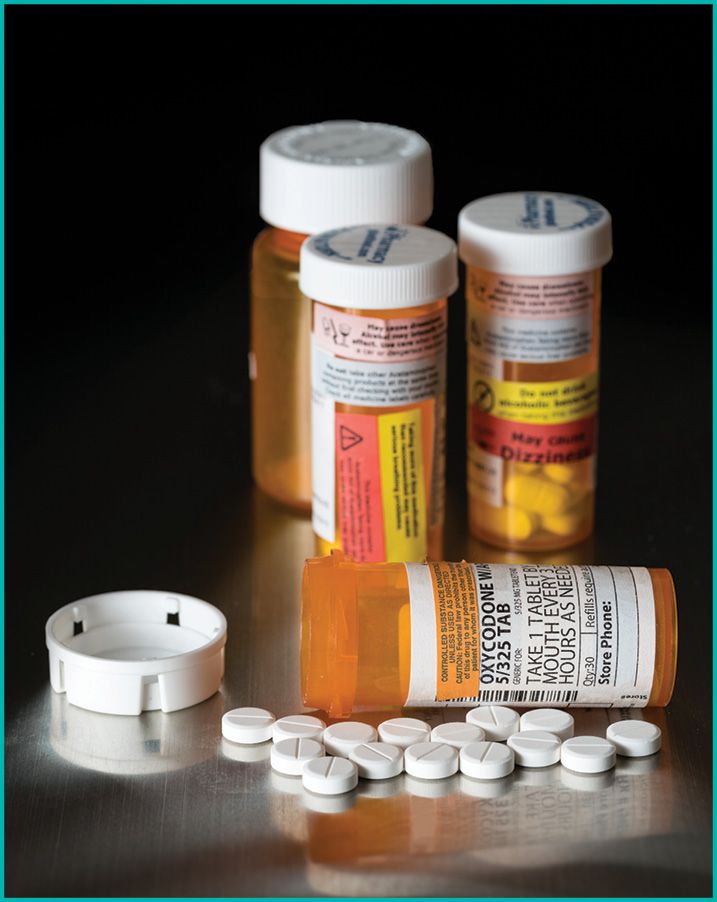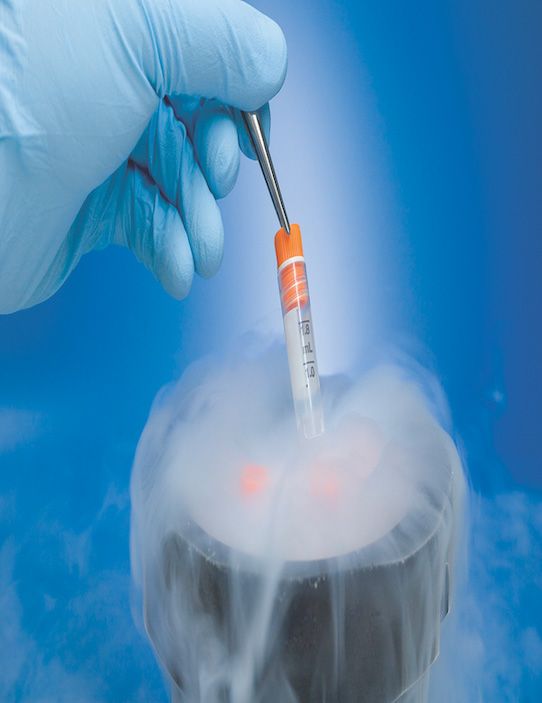Is the opioid crisis a national emergency?
Commission issues interim report with numerous calls to action, while manufacturers and distributors contend with multiple DEA penalties

If the position of the Commission on Combating Drug Addiction and the Opioid Crisis is to be believed, the US is in the midst of a national public health emergency on par with a natural disaster or terrorist attack, and immediate action is called for. Yet, this interim report was prepared in the midst of the rancorous debate over repealing Obamacare—regarded by its opponents as an unnecessary intrusion of the federal government into healthcare—and so the result is an odd combination of a call to action combined with “listening sessions” and public hearings, and a goal of issuing a final report Oct. 1. (The Commission missed the original deadline for submitting an interim report, as specified by President Trump’s March 29 executive order, by a month already.) In August, President Trump acknowledged that the crisis is emergency-level, but as of press time had not directed any new federal effort.
Some of the delay might be the cognitive dissonance between the actions at the federal level called for while Congress has been debating many ways to reduce federal healthcare support. Among other items, the Commission calls for:
- Expanding the availability of Medicaid funds for mental health programs (which would include substance abuse disorders [SUDs])
- Mandating additional physician training, by HHS, for physicians involved in opioid prescribing
- Funding more medication-assisted treatment (MAT), which would be a boon for anti-abuse drugs such as buprenorphine; there’s also mention of having NIH “to begin to immediately work with the pharmaceutical industry” to develop non-opioid pain relievers
- Federal funding to expand data-sharing across state lines in prescription drug monitoring programs (PDMPs), currently in use in 49 states.
All of these call for increased federal funding and agency involvement in healthcare industry practices; some of them could be implemented immediately, raising the question of what is the holdup?
Suspicious order monitoring
The Drug Enforcement Administration (DEA) shows up in the interim report as the enforcer of additional education verification for prescribers, and as one of the agencies to combat the illegal importation of fentanyl, heroin and other opioid-based drugs. In the past year, besides the everyday interdiction that DEA (and other agencies) perform, DEA and the Dept. of Justice have been levying heavy fines against both drug distributors (each of the Big three has been hit, most notably McKesson’s record $150-million settlement in January) and manufacturers. The manufacturer targeting is a new development: now, manufacturers are being called on to maintain “suspicious order monitoring” (SOM) systems, just like distributors. In early July, Mallinckrodt settled with DoJ on a $35-million civil fine; Mallinckrodt is one of the largest manufacturers of generic oxycodone. The DoJ statement noted that:
[T]he government learned that manufacturers of pharmaceuticals offer discounts, known as ‘chargebacks,’ based on sales to certain downstream customers. Distributors provide information on the downstream customer purchases to obtain the discount. The groundbreaking nature of the settlement involves requiring a manufacturer to utilize chargeback and similar data to monitor and report to DEA suspicious sales of its oxycodone at the next level in the supply chain, typically sales from distributors to independent and small chain pharmacy and pain clinic customers.
It has not been the case, historically, that manufacturer chargeback management is a resource for preventing drug abuse; that might now be changing.
At first glance, the settlements with DoJ are surprising, given that a law, the Ensuring Patient Access and Effective Drug Enforcement Act, was passed in early 2016 specifically to create coordination between DEA and drug wholesalers and manufacturers over SOM. An interagency report to Congress was to have been developed by last April on how the involved parties could work together (as opposed to DEA simply shutting down warehouses of legitimate, registered businesses). Also, the members of the Healthcare Distribution Alliance (which lobbied energetically for the law) “await DEA’s guidance on suspicious order monitoring, which will go a long way to provide the additional clarity we seek on how we can be a productive and cooperative partner in the fight against prescription drug abuse,” according to John Parker, SVP, communications, at HDA.
Most of the recent settlements between industry and DoJ involve situations from the mid-2000s to the early 2010s—before the law was passed. Nevertheless, the settlements are bound to keep manufacturers and distributors on edge—as maybe they should be.
SOM, in theory, should not be profoundly difficult to implement (and to be sure, most major manufacturers and distributors have an SOM system in place—DEA, however, cites companies ignoring the output of their own SOM systems in some cases). The companies are supposed to use statistical techniques to watch for unusually high levels of opioid transactions, and question the legitimacy of those orders. Sumeet Singh, president of Five Rivers RX (King of Prussia, PA) says that his company offers a relatively low-cost statistical package suitable for small distributors to address DEA inspections, as well as consulting for overall DEA compliance. The company, which recently joined the Healthcare Distribution Alliance, has a primary business in assisting distributors in meeting the Verified-Accredited Wholesale Distributor (VAWD) accreditation program of the National Assn. of Boards of Pharmacy.
DEA was also in the news in August when it issued its Aggregate Production Quotas (APQs) for Schedule I and II controlled substances for 2018. (The list includes a group of ephedrine and pseudoephedrine Schedule I chemicals as well.) It has proposed to reduce overall volumes by 20%, citing the reduced amount of synthetic opioid prescription consumption in the US. The action, while legitimate and necessary, seems to be comparable to the Dutch boy with the finger in the dike, given the massive volumes of opioids being illegally conveyed into the country—including opioids counterfeited to appear like legitimate prescription drugs, which tend to have a higher street value.
Abuse deterrence
It would seem reasonable that if opioid drugs were less easy to abuse, that abuse would decline. Purdue Pharma reformulated its extended-release Oxycontin with abuse deterrent features in 2010, and nearly all current Oxycontin prescriptions have been shifted over by now. But the jury is decidedly out on how abuse deterrent formulations (ADFs) would play out in the US healthcare system for other opioid formulations. Prescription opioid manufacturers (there are more than a dozen that belong to the Abuse Deterrence Coalition, a trade group) have been lobbying for legislation to compel FDA to shift opioid formulations to abuse-deterrent ones—but this has been happening without a law being passed.
FDA has allowed for “abuse deterrence” to be part of reformulated drugs’ label; there are currently nine so described, and another nine in late-stage FDA review. (One, Endo Pharma’s Opana, was to be withdrawn from the market in June, due to a review panel’s recommendation that its risks outweighed its benefits.)
A study published in August by the Institute for Clinical and Economic Review (ICER) paints a discouraging picture of the impact of ADFs on addiction. Clinical data on ADF abuse prevention is sketchy—the testing of such drugs involves trials with nonaddicted recreational drug users; and an ADF that works in the lab can be found to be subverted in the real world by techniques that quickly get shared among drug abusers. (One profoundly simple abuse is to take more of them at the same time.) ADFs are significantly more expensive than their non-reformulated, generic equivalents. ICER, which has established a reputation for rigorous comparative-effectiveness analysis, concluded that for every 100,000 chronic pain patients who are switched from traditional painkillers to an abuse-deterrent version, healthcare system costs would rise by $500 million over five years. Preventing even just one overdose death represents more than $1 billion in healthcare costs.
In press reports of the ICER study, Dan Cohen, head of the Abuse Deterrent Coalition, is quoted as saying “At its core, the report basically asked the question: Can these products do what they're not designed to do? Not surprisingly the answer is no,” noting that "They can't prevent addiction because they're not designed to prevent addiction.”
MAT to the rescue?
The market for therapeutic drugs for opioid addiction, while maintaining a pulse, is best characterized as “stunted.” Medication-assisted treatment (MAT) has been around for years—the earliest version was the methadone programs originally for heroin addicts. Now, Suboxone and various other products based on buprenorphine are available; however, most addiction centers still operate in the belief that abstinence is the best course of action, despite data from (among others) HHS that show beneficial outcomes from MAT programs.
Greg Sullivan, MD, is a physician that is board-certified in addiction medicine and has been a clinical trial investigator for the past 25 years, overseeing clinical trials, including safety and efficacy studies for every buprenorphine product currently approved for the US market. Many patients undergoing MAT, depending on the MAT medication, need to be carefully monitored, he says. Even though physicians can be certified (via a one-day course) to prescribe MAT using buprenorphine, relatively few have done so until recently. Similarly, only in recent years has federal regulation, specifically Data200, opened up pathways for addiction therapy, and have insurance companies provided coverage for MAT.
Dr. Sullivan is the co-founder of Bridge Therapeutics (Birmingham, AL), which is pursuing FDA approval of drug combination BT-205 for the treatment of chronic pain in opioid-experienced patients. The drug contains an NSAID, meloxicam, plus buprenorphine, a partial opioid agonist that has superior pain-relieving properties, is non-tolerance developing and is considerably safer than traditional opioids. BT-205 is targeted for chronic pain sufferers who need a solution to address their high levels of pain without becoming helplessly addicted—and whose only other prescription choices currently are full agonist (traditional) opioids, he says. Dr. Sullivan expects approval of the investigational drug in 2019 under the FDA’s 505(b)(2) approval process, which addresses new formulations of existing drugs. “Chronic pain affects more Americans than diabetes, heart disease and cancer combined, which means that—more than ever—providers need access to effective, safer and less addictive pharmaceutical treatments to help their patients.”
Five ways to reinforce an SOM program
QuintilesIMS Compliance Solutions (formerly BuzzeoPDMA) has published a white paper on suspicious order monitoring; here are its five points for an effective SOM program:
- A defensible SOM model. The model identifies orders that fit any of the three criteria:orders of unusual size, orders deviating substantially from a normal pattern and orders of unusual frequency. The most defensible models are statistically based—employing advanced mathematics rather than arbitrary thresholds.
- Appropriate due diligence, including “Know Your Customer” activities. This can include a range of activities, such as questionnaires sent to customers and on-site visits that may be made initially, and even periodically, over time.
- Appropriate review and/or investigations of “pended” orders. Because labeling an order “suspicious” triggers a set of reporting requirements, QuintilesIMS recommends using a term like “pended” to indicate potentially suspicious orders. That way, an organization knows to launch its own internal investigation, which likely will include contacting the customer via phone and/or email.
- Clear, comprehensive SOM standard operating procedures (SOPs). Ensure that the organization has a methodology for how it manages SOM and the supporting processes.
- Management support and employee training. Finally, of course, is creating an environment of compliance. From management to front-line employees, the organizational culture should be committed to complying with all regulations, including SOM.
Save
Save
Save

Newron, Myung In Pharm Form Partnership Centered Around Treating Schizophrenia in South Korea
January 14th 2025The license agreement will feature an upcoming Phase III trial and—depending on results—the development, manufacturing, and commercialization of evenamide as a potential treatment option.